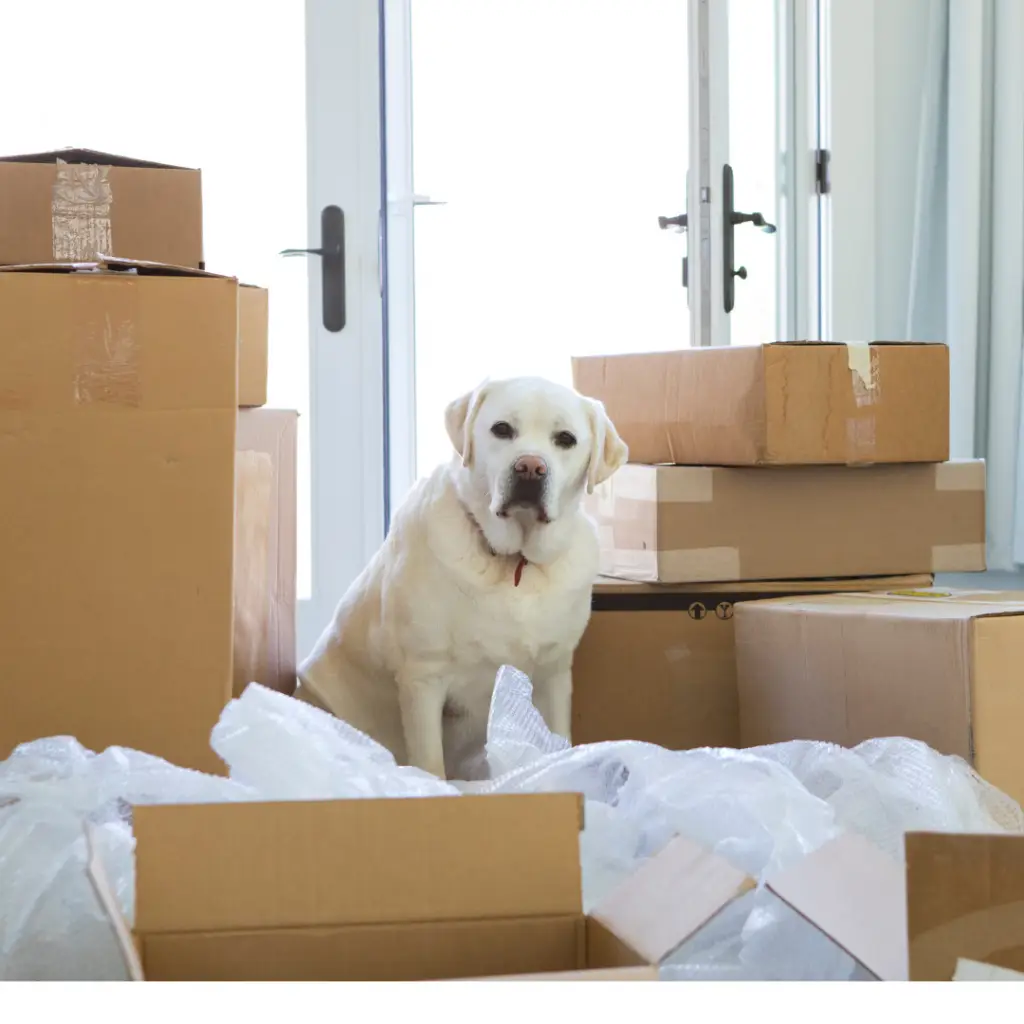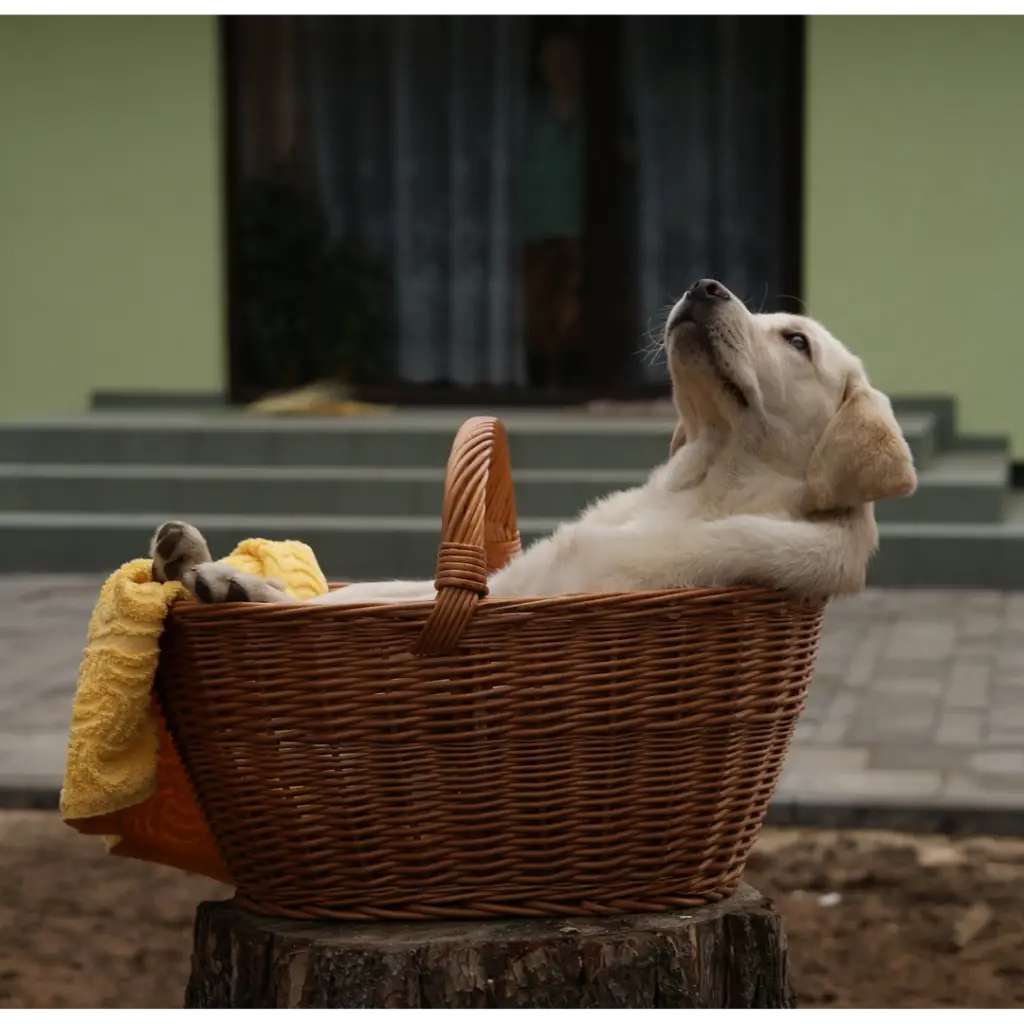I am sure that most people can relate to having an over-reaction to a seemingly small problem. A stressful day can cause our frustrations to build over time, and then something that really isn’t a big deal and normally wouldn’t get a reaction becomes the breaking point. I had one of those days last week. Nothing incredibly big or terrible happened, just a lot of minor inconveniences like construction traffic that made me late, an item I needed was forgotten at home, and I dropped my much-needed coffee and spilled half of it. That night, I was doing the dishes and a glass slipped out of my soapy hands and into the sink and shattered. I’m admittedly a fairly clumsy person, and this definitely isn’t the first glass or dish I have broken. I usually shake my head and just clean it up. But after all of the minor frustrations of that particular day, breaking that glass was the last straw. I had a little tantrum and when my husband made a joke about my clumsiness – a joke that I usually laugh along with – I snapped at him.
I call my ability to handle stress my “stress bucket.” When my stress bucket is relatively empty, a broken pint glass is no big deal. But those little deposits into my stress bucket throughout the day can fill it to the brim without me even realizing, and then the smallest little inconvenience or frustration can be the thing that makes it spill over.
Our dogs have stress buckets too. And we need to be conscious of what is going into them and how full they are in any given moment.

I have a friend who has a lab mix that is one of the friendliest dogs I’ve ever been around. He is extremely social and loves everybody. They called me recently to tell me that he bit their new neighbor and were wondering what they should do. As a trainer, I know that all dogs – even the most laidback and social – can be put in a situation in which they will bite. But even so, I was surprised to hear that this particular dog was driven to it. When I pressed for details, they told me that they had moved into their new house that day. They literally packed everything up into boxes, left their dog at their old house for a few hours while they got everything situated, then went back to get him and bring him to his new house. Not five minutes after he arrived, their new neighbor came over the welcome them. He bent over the dog to say hello and, according to my friends, “squeezed his face.” Normally, this face-squish would not bother this dog. I’ve done it to him myself and he loves the attention. But he also knows and trusts me.
Being left in an empty house – all his stuff, all of the things that usually surround him disappeared – then being brought to a brand new environment with boxes and movers everywhere, then being forced to greet an overly friendly stranger who invaded his personal space: this was all just too much for him and a normally laid back, friendly dog that you would never expect to bite someone did just that. His stress bucket was full and it spilled over into a behavior that we deem unacceptable.

While biting a human is unacceptable for a pet dog, it is an understandable reaction to stress that we can empathize with. We “snap” when we’re at our limit too. One of our jobs as the human is to manage our dog’s environment to help them be successful. While we can’t control everything and things may sometimes inevitably get out of control, we need to at least be aware of how full our dogs’ stress buckets may be so that we can help them manage their stress and make good decisions. Sometimes this means making decisions like letting our dog decompress for a few days before allowing our new neighbor to greet them. And sometimes this means learning what things our dog finds stressful and being proactive in dealing with those triggers. My June is excellent with kids, but my Kona is very sensitive to their loud noises and fast movements. I try not to put Kona into situations with lots of children around unless there are clear boundaries and means of control in place. If not, then she’s fine to stay home or in the back bedroom to relax away from the over-stimulation.
Another term for this can be “threshold management,” which I explain more fully in an earlier journal post. Essentially, when we can keep our dogs under threshold, we’re setting them up for training success. Take some time today to think about the things in your dog’s life that may be adding to their stress bucket. Recognizing these things is the first step to helping them manage stress and teaching them appropriate ways to cope. What may be no big deal on a less stressful day may wind up being the “breaking point” on another, more stressful day. Ideally, we want to set them up for success by not allowing their stress bucket to get so full that it spills over!


